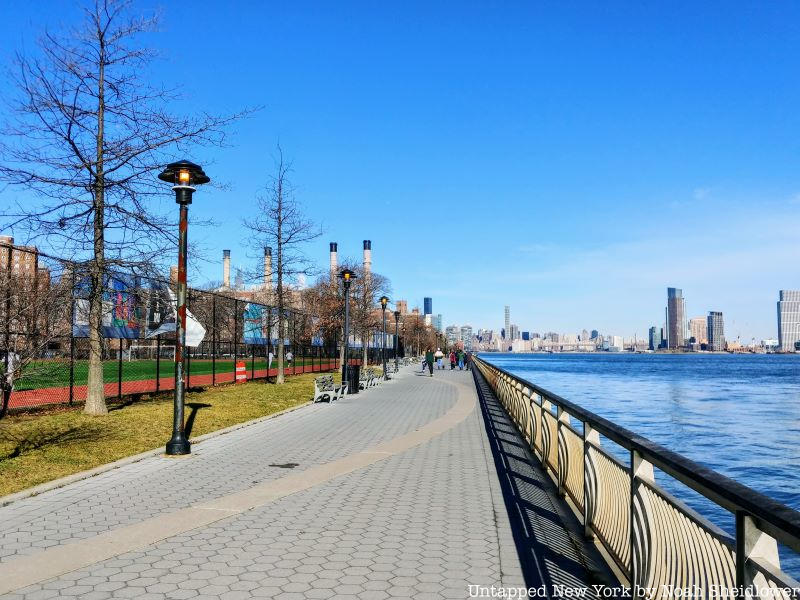8. Most of Alphabet City used to be a salt marsh

Prior to the development of the densely packed Alphabet City many know today, the area was for centuries a salt marsh. The area would regularly be flooded by the East River prior to and during the period of Dutch colonization. The Lenape took advantage of the wetlands for foraging shellfish and grass for weaving. Though the Dutch mainly settled at the lower tip of Manhattan, establishing villages near present-day Wall Street, settlers also used the wetlands for various purposes. The land in lower Manhattan was divided into “boweries,” or “farms” in Dutch.
What would become Alphabet City was divided into Bowery 2 to the north and Bowery 3 to the southwest. The southeast corner was divided into smaller lots. These farms near and within the salt marsh, referred to as “salt meadows” at the time, cultivated some crops and used plants like “salt hay” as fodder for livestock. As expected, this did some damage to the salt marshes, though the area was relatively lightly settled for the next century or two as the more southern parts of Manhattan developed more rapidly. It wasn’t until the early 1800s that the area became more industrial and developed.





